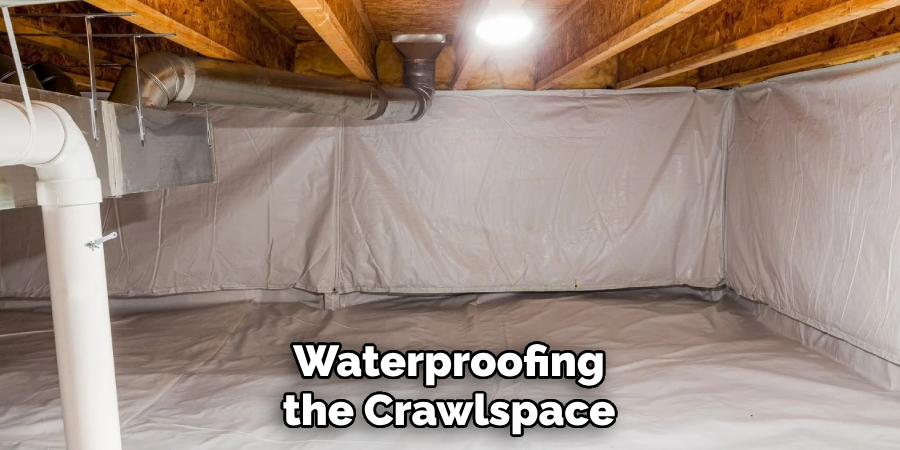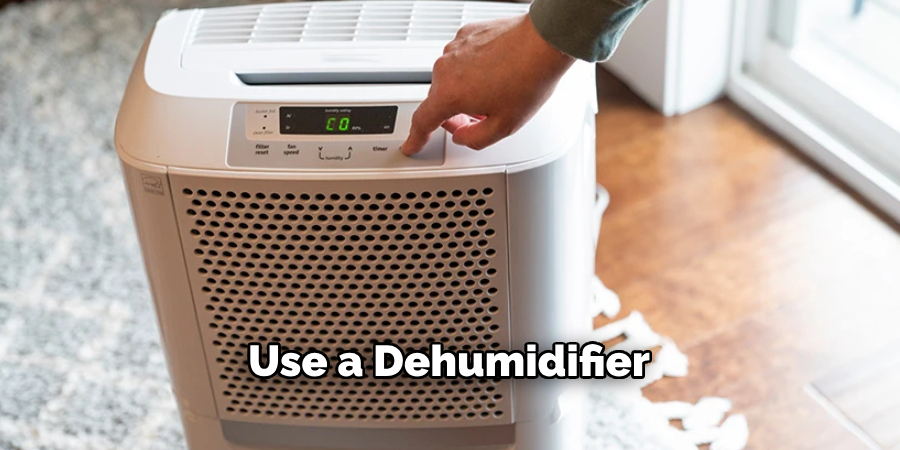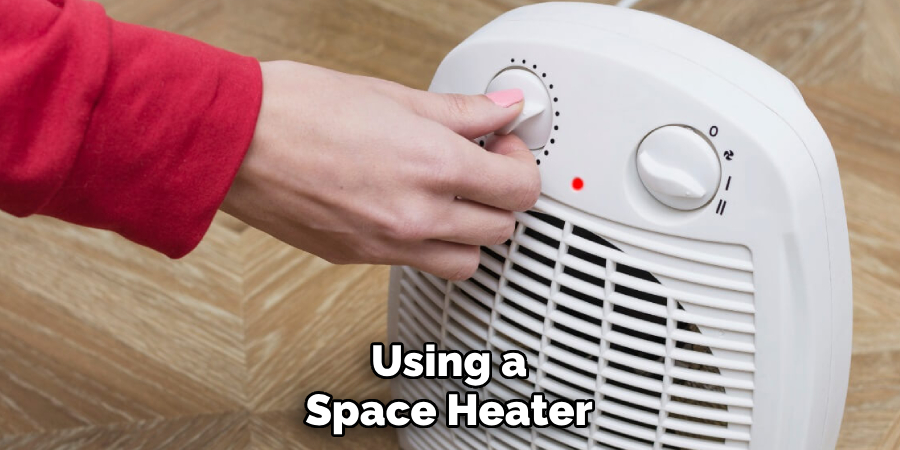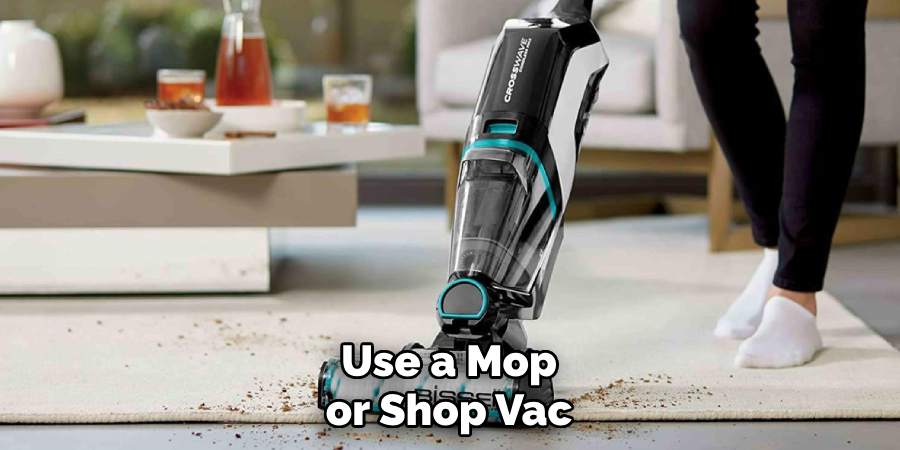With the changing of seasons, it’s important to inspect your home’s crawlspace for built-up water and moisture. Crawlspaces are naturally humid environments that can be prone to flooding or damage from heavy rainfall — if left unchecked; these problem areas can become a haven for mold, mildew, and other harmful organisms.

If you suspect there is an issue with dampness in the crawlspace of your home, don’t let it fester: taking proactive steps early on to dry out the area will save you time and money down the road. In this blog post, we’ll discuss why a wet crawlspace is dangerous and provide step-by-step instructions on how to dry out crawlspace typically neglected part of your home so you can rest easy knowing everything is taken care of!
Can You Dehumidify a Crawl Space?
Yes, you can dehumidify a crawl space. Dehumidifying the crawl space is an important part of properly drying it out. This will help reduce mold growth and other health risks associated with high humidity in enclosed spaces.
In order to dehumidify your crawl space, you’ll need to install a dehumidifier. The size of the dehumidifier will depend on the size of your crawl space, as well as how much moisture it holds. It’s important to make sure that you buy a dehumidifier with enough power for your specific situation.
When determining the best way to dehumidify and dry out your crawl space, it’s important to consider the source of the moisture. If the moisture is coming from outside air or rainfall, you may need to install a vent and/or fan system in order to help reduce humidity levels.
Once your dehumidifier is installed, make sure that it’s running properly and regularly check back in to ensure that the area remains dry. Keeping a regular maintenance schedule for your dehumidifier will help maintain a healthy environment, free of mold and mildew growth.
10 Methods on How to Dry Out Crawlspace
1. Inspect the Crawlspace
The first step in drying out your crawlspace is to inspect it for any sources of water. This may include leaks in the foundation, plumbing leaks, or condensation from humid air.
Once you have identified any sources of water, you can take steps to repair them. If there is no obvious source of water, you may need to consider waterproofing the crawlspace. Though this may seem like a daunting task, there are many products available to help you waterproof your crawlspace and keep it dry.

2. Install a Vapor Barrier
One way to prevent moisture from entering your crawlspace is to install a vapor barrier. A vapor barrier is a material that prevents moisture from passing through it. Vapor barriers are typically made of plastic or foil and can be found at most hardware stores.
When installing a vapor barrier, make sure that the entire floor and walls of your crawlspace are covered. You may need to secure it in place with tape or staples. If you’re using plastic, make sure to overlap each piece by at least 6 inches.
3. Improve Ventilation
Another way to reduce moisture in your crawlspace is to improve ventilation. This can be done by installing vents in the foundation or walls of the crawlspace. These vents allow air to circulate and help to keep the space dry. Make sure to install the vents high up and point them downwards, so they don’t draw in moisture from outside. You may also need to install a fan to help move air through the space.
4. Use a Dehumidifier
If you have a problem with high humidity in your crawlspace, you may want to use a dehumidifier. Dehumidifiers work by removing moisture from the air and can help to keep your crawlspace dry. When choosing a dehumidifier, make sure it is the right size for your space. If you have a large crawlspace, you may need a larger dehumidifier to adequately handle the amount of moisture in the air.

It’s also important to check and empty the dehumidifier’s reservoir regularly to prevent it from overflowing. You should also use a hygrometer or moisture meter to monitor the humidity levels in your crawlspace and adjust the dehumidifier accordingly.
Finally, if you don’t want to buy a dehumidifier, you can rent one from your local hardware store. This will allow you to use the dehumidifier without having to purchase one outright.
5. Use Fans
Fans can also be used to circulate air and reduce moisture in your crawlspace. Place fans in the corners of the space and aim them toward the center of the room. This will help to evenly distribute the air and keep the space dry. If you are able to, use a dehumidifier as well in order for the fans to be more effective.
Make sure that the fans and the dehumidifier are running during the day and night to ensure the space stays dry. Be sure to regularly check for any water buildup in the space and clean the fans and dehumidifier to reduce any mold or mildew growth.
6. Use a Space Heater
A space heater can also be used to dry out your crawlspace. Place the space heater in the center of the room and turn it on low. This will help to circulate the air and dry out any dampness in the space. Leave it running for several hours at a time until the crawlspace has dried out completely. Make sure to turn off the space heater and unplug it when you are finished using it.
It is important to be mindful of safety when using a space heater, as it can be a fire hazard if not used properly. Be sure to keep any flammable items away from the space heater and never leave it unattended. Additionally, make sure that your space heater is properly ventilated, as it may produce carbon monoxide.

7. Insulate Pipes
If you have pipes running through your crawlspace, it is important to insulate them properly. This will help to prevent condensation from forming on the pipes and dripping into the space below.
Pipe insulation can be found at most hardware stores. It is important to purchase the right type of insulation for your specific pipes. Once the insulation is in place, check it every so often to make sure it is still in good condition. Try to keep the insulation dry and dust-free to ensure maximum efficiency.
8. Seal Cracks and Gaps
Sealing cracks and gaps in your foundation or walls can also help to prevent moisture from entering your crawlspace. Use caulk or expanding foam sealant to fill any cracks or gaps that you find. Be sure to check around windows, doors, and electrical outlets for any potential leaks. Additionally, you may want to consider investing in a dehumidifier, which can help pull moisture from the air and keep the area dry.
9. Clean up Any Standing Water
If there is any standing water in your crawlspace, it is important to clean it up as soon as possible. Use a mop or shop vac to remove the water, and be sure to dry out the area thoroughly afterward. If the water is extensive, you may need to hire a professional. While it is difficult to completely dry out a crawlspace, in most cases, it can be done with enough effort. Though it may take a bit of time and effort, it is worth the results.

10. Monitor Humidity Levels Regularly
Finally, it is important to monitor your crawlspace humidity levels regularly. This will help you identify any potential problems before they become too severe. For best results, use a hygrometer or other moisture-measuring device to track the humidity levels in your crawlspace. This will allow you to quickly identify and address any areas of concern.
Make sure to record your readings so that you can track changes over time.
Additionally, you should also inspect the crawlspace for signs of mold or mildew, which can be an indication that your humidity levels may be too high.
By following these steps, you can help to keep your crawlspace dry and free from mold and mildew. If your efforts are unsuccessful, contact a professional to evaluate the problem and determine a course of action.
With proper care and maintenance, you can ensure that your crawlspace remains a healthy environment for years to come.
Conclusion
Fortunately, there are a few things you can do to dry out your crawlspace and keep it free from moisture. By following the tips on how to dry out crawlspace, you’ll be on your way to having a drier, healthier home in no time.
Although a dehumidifier will help your crawlspace dry out, there are other factors to consider. The type of flooring, the number of vents, and the climate all play a role in how much moisture is in your crawlspace. If you’re still having trouble drying out your crawlspace, contact a professional contractor to help you assess the situation.
